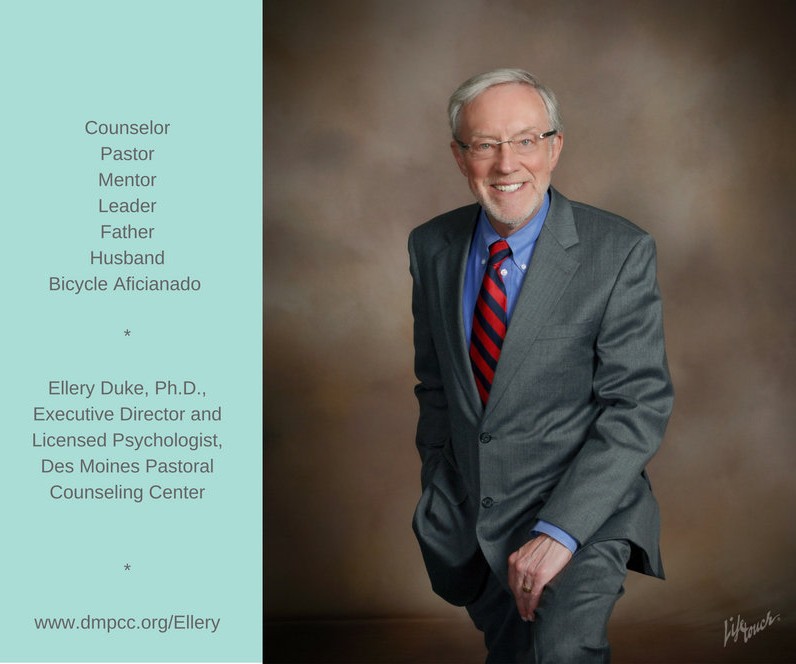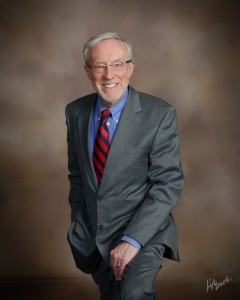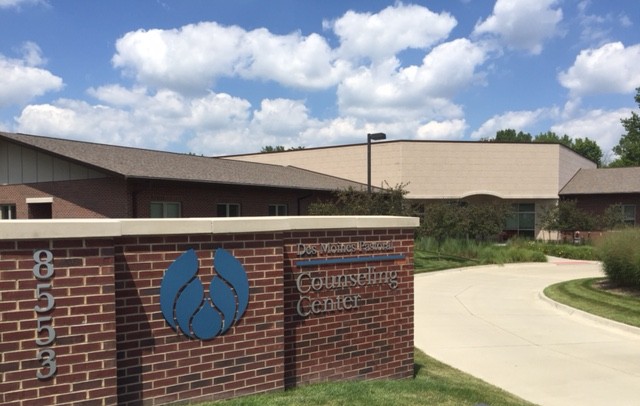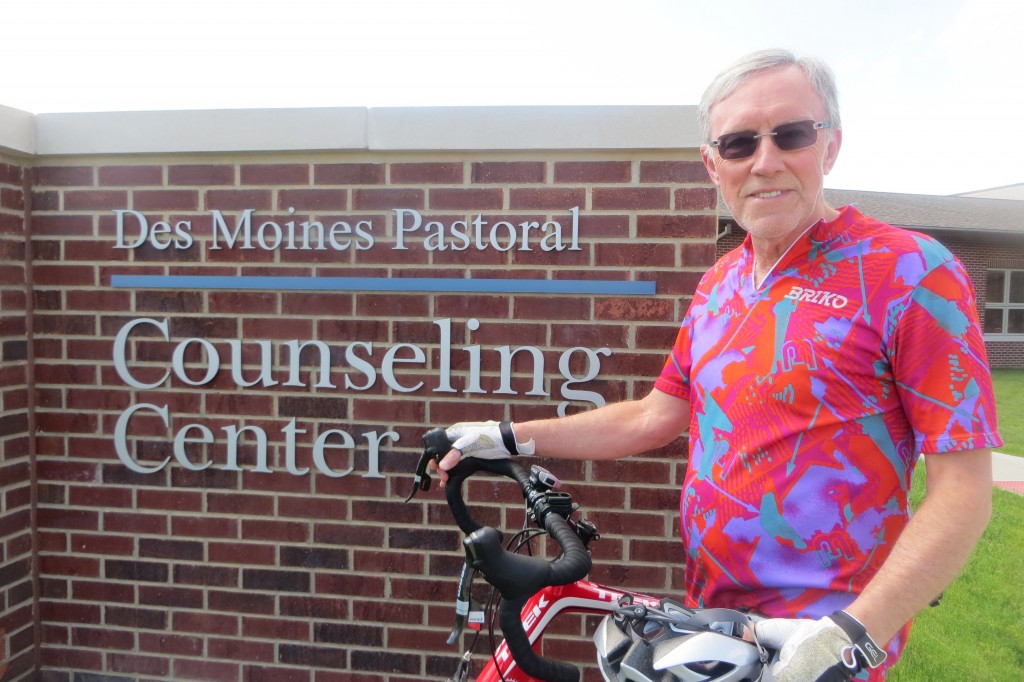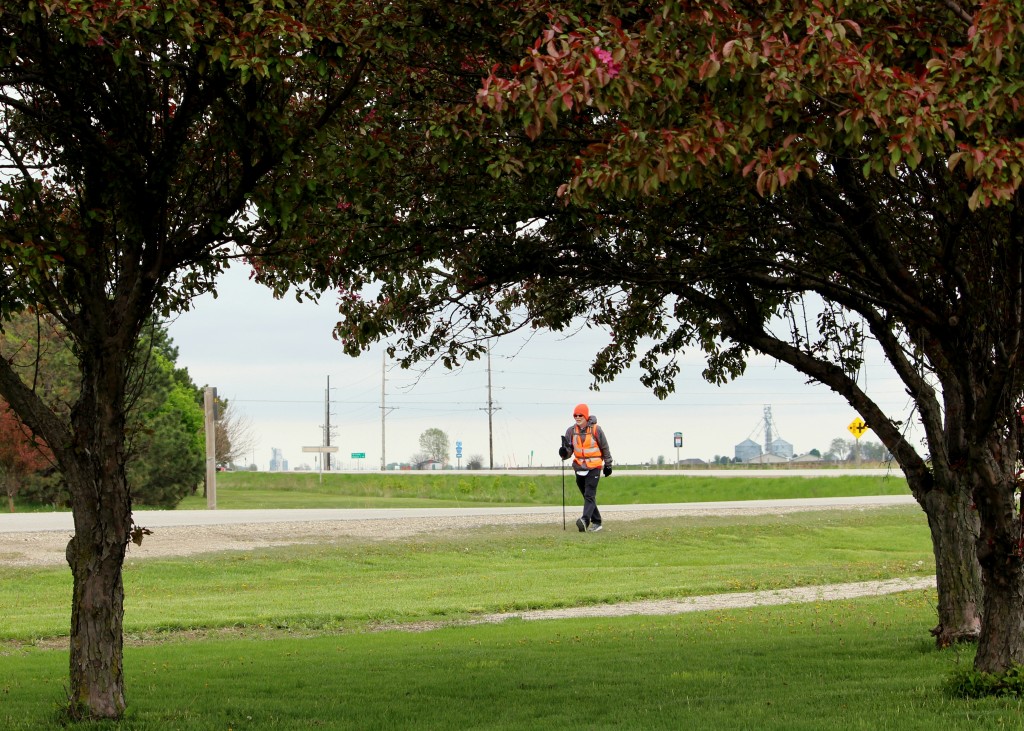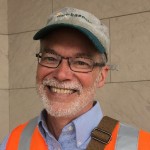We are pleased to reprint this classic piece by Grace Percival, co-founder of the Center’s COOL practice (Children Overcoming the Obstacles of Life).
 Children are born with varying degrees of potential for growth – physically, cognitively, emotionally, and relationally. They rely on and look to the adults in their environment to not only keep them safe, but to help in the monumental and awesome task of realizing their potential to understand and integrate the world around them.
Children are born with varying degrees of potential for growth – physically, cognitively, emotionally, and relationally. They rely on and look to the adults in their environment to not only keep them safe, but to help in the monumental and awesome task of realizing their potential to understand and integrate the world around them.
They are eager to connect and to please. They are eager to develop relationship. It is what they are born to do.
I am on the floor in the children’s waiting room at the Center picking up some toys and I notice an eight-year-old boy several feet away intently building with Lego blocks. His mother sits in the rocker close by slowly rocking, her face set in tired lines. The boy completes his masterpiece and raises his face to his mother. His eyes are shining as he exclaims, “Mom! Look at what I built!” Just then his therapist enters the room and greets the boy and his mother. His mother never looks at the boy or his masterpiece. She says hello to the therapist and says sharply to the boy, “Pick up that mess. Hurry up. You have to go.” The boy’s face falls, his body slumps. He knocks down his masterpiece.
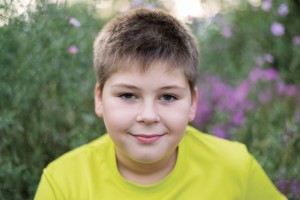 We are much concerned in society today with providing safe physical environments for our children. This can be tricky while trying at the same time to nurture the child’s natural curiosity and sense of independence. If environments are too physically safe, children do not learn their limits very well nor do they learn to trust their bodies or their developing “self.”
We are much concerned in society today with providing safe physical environments for our children. This can be tricky while trying at the same time to nurture the child’s natural curiosity and sense of independence. If environments are too physically safe, children do not learn their limits very well nor do they learn to trust their bodies or their developing “self.”
Climbing, jumping, balancing result in a child’s feeling grounded and at one with the earth, which increases feelings of “I can-ness,” mastery and self-power. When a toddler begins to climb onto something and checks back with an adult, an encouraging, rather than fearful, response can convey not only a message of support but also of trust, e.g., “I trust that you can manage this.”
It is important to realize that “safety” involves not only management of the physical environment, but also involves psychological and emotional safety. This bigger picture of safety calls upon adults to provide:
- encouragement rather than limits,
- praise rather than criticism,
- patience rather than sarcasm,
- negotiation rather than issuing edicts.
 This bigger picture of safety also involves understanding that children do not possess the communication skills or experience to always adequately convey motivations or explanations. It means that adults recognize that children, of every age, are easily frightened and psychologically wounded.
This bigger picture of safety also involves understanding that children do not possess the communication skills or experience to always adequately convey motivations or explanations. It means that adults recognize that children, of every age, are easily frightened and psychologically wounded.
At the Center, we see the consequences when children are not provided this kind of psychological and emotional safety. We see children who carry their bodies stiffly and shy away from touch. We also see children who are afraid to make a choice of a game for fear of displeasing the adult or who will not try something new because they might get hurt or fail. We see what happens when the very things intended to protect become obstacles to growth. So, providing a safe environment also means providing time and space for kids to be who they are without fear of judgment, criticism, or too many limits. It means providing environments that are rich and ripe for exploration without fear of getting in trouble for getting dirty or hurt.
It seems that adults are so often concerned with “teaching a lesson” and/or discipline that they forget how it is that kids learn best:
- by exploring,
- by making mistakes, and
- by being in caring, non-punitive relationships.
Kids learn through their relationships with other people and through physical interaction with the environment. Indeed, infants are neurologically “wired” to attunement with other people. They pick up on and respond to the emotional tones around them, as well as other sensory input. A harsh tone, a turning away from, a lack of acknowledgement of the infant or child – all have profound effects on the developing child throughout his/her life.
For example, the child who learns that people cannot be relied upon to provide for basic needs may grow into an adult who has trouble with intimacy. There is also the misbegotten idea that if a child misbehaves, punishment in the form of reprimand or time out or removal of privilege is required or the child will not “learn the lesson.”
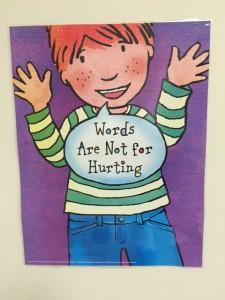 The problems with the use of punishment are that:
The problems with the use of punishment are that:
- the effects are usually temporary,
- a whole host of emotional and physiological reactions are engendered that actually interfere with learning, and
- relationships are damaged.
This last issue – damage to relationships – has profound ramifications for future learning. If a child learns to not trust a significant adult, chances are the child is not going to learn from that adult anything other than how power impacts the relationship. For example, a child learns that bigger people have power and can use force; little people are not listened to; there are right ways of doing things and wrong ways and nothing in between; what the adult says goes and it does not matter what the child thinks or feels.
Most people reading this may think, “Well, I never act like that.” However, think about the last time you were playing a board game with a kid and the kid changed the rules in the middle of the game; or when the three-year-old decided to climb onto the counter to get something out of the cupboard; or the 12-year-old tried to recreate a science experiment with a plastic pop bottle, tin foil, and matches; or the 16-year-old stayed out past curfew. What was your response? Were you reactive out of fear or anger or were you responsive, pointing out consequences of their behavior?
 Children require physical, social, and emotional environments that trust their innate capacity for growing, learning, and relating. Our job as adults in relationship with children is to nurture these bright young spirited beings through the obstacles that life throws at them. Our role is about being a guide on the side, rather than a sage on the stage. It’s about taking the back seat and relinquishing the spotlight. It’s about giving and it’s about giving up – sleep, that new thing, my time, my fears….
Children require physical, social, and emotional environments that trust their innate capacity for growing, learning, and relating. Our job as adults in relationship with children is to nurture these bright young spirited beings through the obstacles that life throws at them. Our role is about being a guide on the side, rather than a sage on the stage. It’s about taking the back seat and relinquishing the spotlight. It’s about giving and it’s about giving up – sleep, that new thing, my time, my fears….
I am standing on a stool in the kitchen full of all my four-year old know-how, trying to separate an egg. My mother’s hands are on either side of the bowl; she must have been standing behind me. Her words in my ear encouraged me to pour the egg from one shell to the other. Her hands never touched mine. She was present but she let me separate the egg, with yoke splitting, yellow mixing with white, and flecks of shell falling.
Grace Percival, M.A. / Grace is a licensed pediatric psychologist, formerly on staff with the Des Moines Pastoral Counseling Center
*
The Center’s COOL practice (Children Overcoming the Obstacles of Life) is an experiential approach to counseling that integrates art, play and physical movement to help young people communicate their inner life.
Resources
- Holt, John (1995, revised ed). How Children Learn. NY: Perseus Publishing.
- Karen, Robert (1994). Becoming Attached: First Relationships and How They Shape Our Capacity to Love. NY: Oxford University Press.
- Standing, E.M. (1998, New Ed). Maria Montessori: Her Life and Work. NY: Plume Publishing.
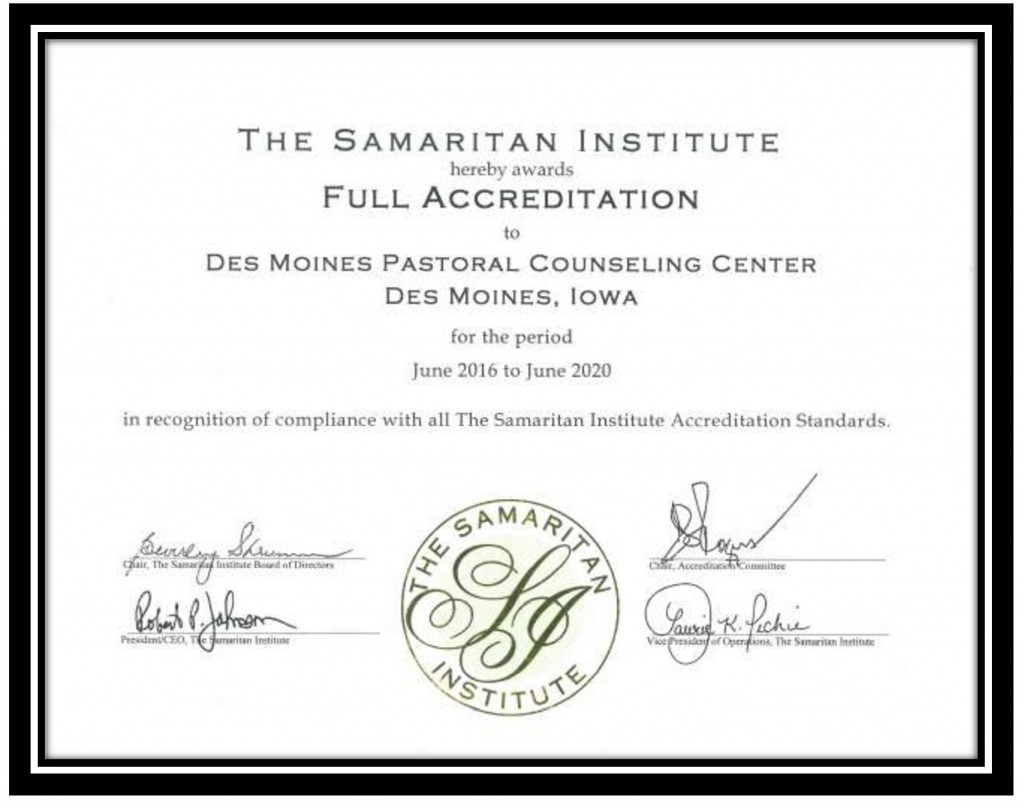 (Des Moines, Iowa) September 13, 2016 – The Des Moines Pastoral Counseling Center has been awarded Full Accreditation renewal for June 2016 – June 2020, from The Samaritan Institute, located in Denver, Colorado.
(Des Moines, Iowa) September 13, 2016 – The Des Moines Pastoral Counseling Center has been awarded Full Accreditation renewal for June 2016 – June 2020, from The Samaritan Institute, located in Denver, Colorado.

 We are much concerned in society today with providing safe physical environments for our children. This can be tricky while trying at the same time to nurture the child’s natural curiosity and sense of independence. If environments are too physically safe, children do not learn their limits very well nor do they learn to trust their bodies or their developing “self.”
We are much concerned in society today with providing safe physical environments for our children. This can be tricky while trying at the same time to nurture the child’s natural curiosity and sense of independence. If environments are too physically safe, children do not learn their limits very well nor do they learn to trust their bodies or their developing “self.”

 Children require physical, social, and emotional environments that trust their innate capacity for growing, learning, and relating. Our job as adults in relationship with children is to nurture these bright young spirited beings through the obstacles that life throws at them. Our role is about being a guide on the side, rather than a sage on the stage. It’s about taking the back seat and relinquishing the spotlight. It’s about giving and it’s about giving up – sleep, that new thing, my time, my fears….
Children require physical, social, and emotional environments that trust their innate capacity for growing, learning, and relating. Our job as adults in relationship with children is to nurture these bright young spirited beings through the obstacles that life throws at them. Our role is about being a guide on the side, rather than a sage on the stage. It’s about taking the back seat and relinquishing the spotlight. It’s about giving and it’s about giving up – sleep, that new thing, my time, my fears….